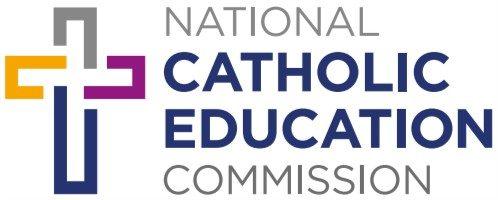First, a word about the Old Testament
The narratives or stories a community tell are key factors not only in passing on its history – they also pass on its values, its priorities and its identity. The Bible, although a witness to divine revelation, is a human text, not an oracle. God did not dictate the Bible to a particular scribe.
Most of what Christians call the Old Testament (OT) was composed gradually, often over centuries, by generations of people who were committed to writing, and repeatedly revising material they first encountered as oral or liturgical traditions. These traditions, which expressed the people’s interpretation of God’s action among them, were taken up again and again as new circumstances required their retelling and reformulation. Therefore, you cannot start at the beginning of the Old Testament and expect a logical sequence.
We tend to use the term Israel to describe the Hebrew community from Moses onwards.
The Jewish Canon and the Catholic Canon (officially recognised books)
The Jewish canon is not exactly the same as the Catholic canon. The Jewish canon has 39 books grouped into three divisions. An acronym for this canon is TaNaK (sometimes written as Tanakh), the first letter of each division. Torah – the Law, comprising the first 5 books (Genesis, Exodus, Leviticus, Numbers, Deuteronomy), Nevi’im – the prophets – grouped into former and latter prophets and Ketuvim – the writings
The Christian OT has different groupings: Pentateuch contains the same first 5 books (Genesis, Exodus, Leviticus, Numbers, Deuteronomy) then there are the Historical Books, Poetry and Wisdom and the Prophets. It should be noted that the Protestant traditions recognise 39 books (like the Jewish canon), whilst Catholics, Orthodox and Eastern rite Catholics recognise 46 books in their canon; called the deuterocanonical books, meaning second canon.
General Introduction to the Pentateuch
Genesis is the first book in both the Jewish and Catholic canons, the Torah or the Law in the Jewish canon and Pentateuch in the Catholic canon. The major theme of the Torah/Pentateuch is the covenant between God and the Hebrews/Israelites. The climax is the covenant at Sinai made through Moses.
The structure of the Pentateuch is:
Genesis 1 – 11 Human Origins: Divine blessing, sin punishment and mercy, primeval or prehistory.
Genesis 12 – 50 The Patriarchs: Divine election, promise of a son, land, and greatness
Exodus 1-18 God saves God’s people: God saves his people and begins fulfilment of the promise of land.
Exodus 19-24 and Leviticus & Numbers 1-10 The Covenant and Law for God’s people: The covenant binds God and the people forever and establishes Israel’s way of life
Numbers 11-36 Journey to the land: God leads the people to the land but punishes any rebellion.
Deuteronomy 1- 34 Final warnings of Moses: Moses’ final warnings to obey the covenant or lose the land.
The Authors of the Pentateuch
Scholars refer to four different traditions or sources or voices: the Yahwist, the Elohist, the Deuteronomist and the Priestly writer (shortened to J, E, D and P), based on different characteristics of the writings found in the Pentateuch. Each tradition expressed the notion of covenant (the union between God and the Chosen People), in their own way. It is the covenant between God and the Hebrews that is the bedrock upon which Jewish tradition is built.
Most biblical scholars believe that the Pentateuch was a product of the Israelites time in exile in Babylonia (c. 6th century BCE), or shortly after it. The Babylonian Empire was situated in part of present-day Iraq and Syria and Babylon was its capital. Babylon conquered the kingdom of Judah. the Temple of Solomon, was destroyed. People from this region were forced into detention in Babylon’ 598/7 and 587/6 BCE (Two significant groups exiled at different times). Probably large-scale deportations took place over a period of time. Not all were forced to go to Babylon. Who was exiled? Mainly political, intellectual and religious leaders. The exile ended in 538 BCE – Cyrus the Great from Persia conquered Babylonia and allowed the people to return to Israel.
You can learn more about these books through the resources here.
